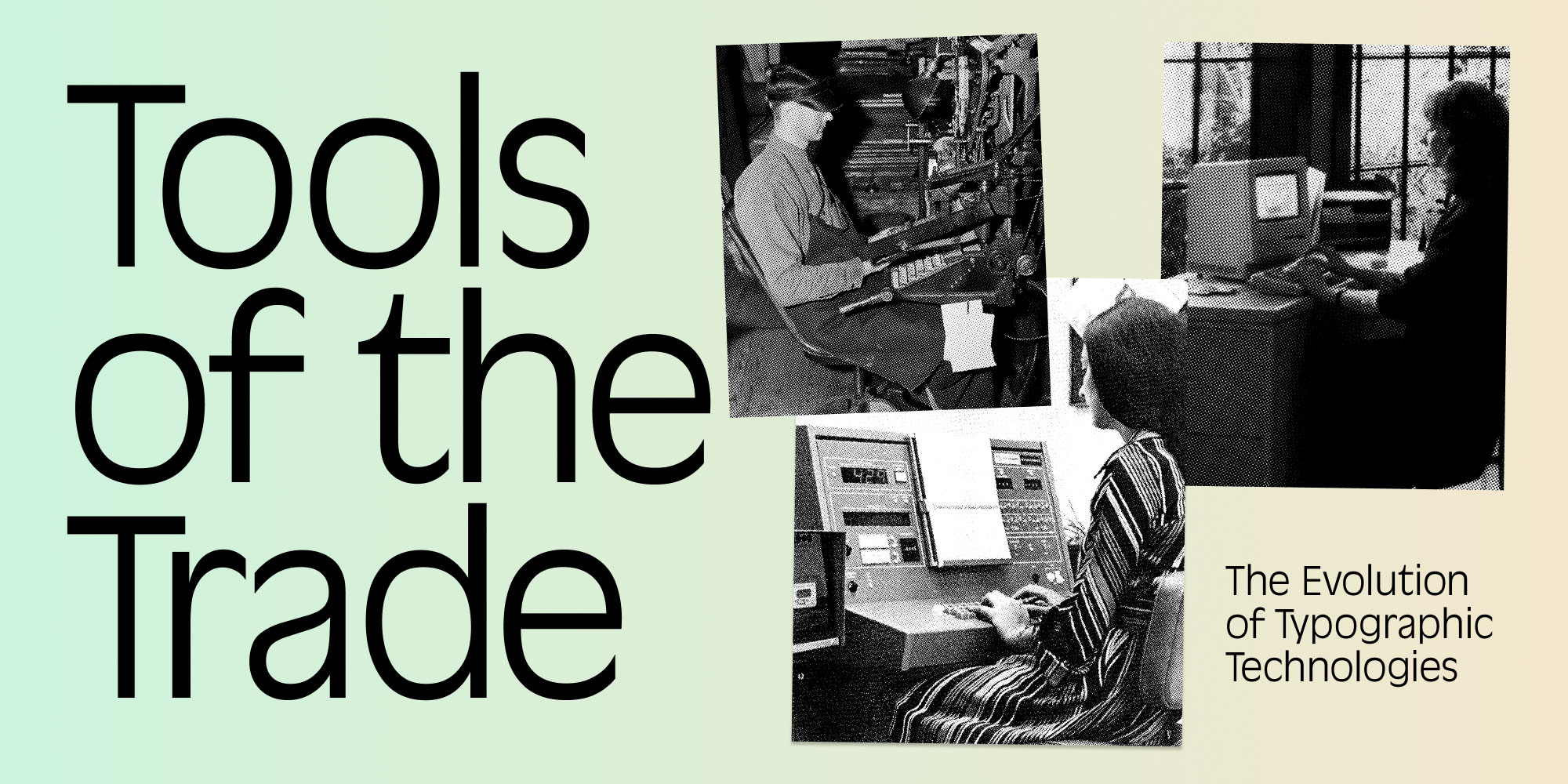Event

Online Workshop
Online Core: Tools of the Trade: The Evolution of Typographic Technologies
- Date
- Time
Technology and tools are a critical part of the historical development of graphic design and typography. Understanding both the physical processes and the social implications that new innovations brought to the fields of printing, graphic design, and typeface design will deepen your understanding of the form and function of design itself. In addition to changes in design and allied fields, the developments of these technologies throughout history greatly impacted communities as access to tools and the materials they produced disrupted established power structures.
Instructor Briar Levit will explore the ingenuity of these tools that have changed the way we design and communicate and, perhaps most importantly, have repeatedly democratized the spread of information.
Learning Outcomes
- Understanding of the production of metal, photo and digital fonts
- Understanding of the methods of setting metal, photo and digital type
- Understanding of the effects of typographic technologies on graphic design form as they developed
- Understanding of the effects of typographic technologies on societies as they developed
- Ability to connect historical events with current developments in the type and graphic design landscape
- Appreciation of all that came before us
Note: This workshop is only open to students enrolled in the Type West Online Postgraduate Certificate Program in Type Design.
